Desktop Files and Folders Disappeared on Mac: What Should I Do?
Missing files on your Mac can be a headache, but it’s usually fixable. This guide will help you figure out why it happens and show you how to get those files back. We’ll also cover tips to keep your files safe in the future, so you can avoid this problem down the line.
Why Files and Folders Disappear on a Mac
It’s not uncommon for Mac users to encounter an unsettling situation where desktop files and folders seem to have vanished. The reasons range from the mundane to the technical and include:
- System Updates: One of the more frequent reasons for missing desktop items is a macOS update. Updates can occasionally modify system settings or hide desktop items, usually temporarily.
- User Errors: Sometimes the cause is as simple as accidental deletion or misplacement. It’s easy to unknowingly move files to different locations or delete them.
- Software Conflicts: At times, issues with third-party applications or software malfunctions can cause disruptions in how files and folders are displayed on the Mac desktop.
- Disk or File System Errors: Problems with the disk or file system in some cases can cause files to disappear or become unreadable. This could be due to corrupted files or disk errors.
- iCloud Drive Settings: If iCloud Drive is not configured correctly, or if files are only stored in iCloud and not on your device, it might seem like files are missing from your desktop.
- User Account Issues: Occasionally, problems specific to a user account can affect file visibility. This could be due to incorrect permissions or settings within the account.
While these are not the only reasons, they are common causes worth investigating if you’re dealing with desktop files disappeared on Mac.
Initial Steps to Restore Desktop Files on Mac
Now that we’ve explored the possible reasons behind disappearing files and folders on your Mac, let’s move on to solutions. If you’re puzzled by macbook desktop files disappeared, the following steps are your first line of action. These are simple, yet often more than enough ways to track down or recover your missing desktop items.
Step 1: Check if Desktop Files are Hidden
Occasionally, files on the Mac desktop might be hidden. To reveal them:
- Open Finder, and go to your desktop folder.
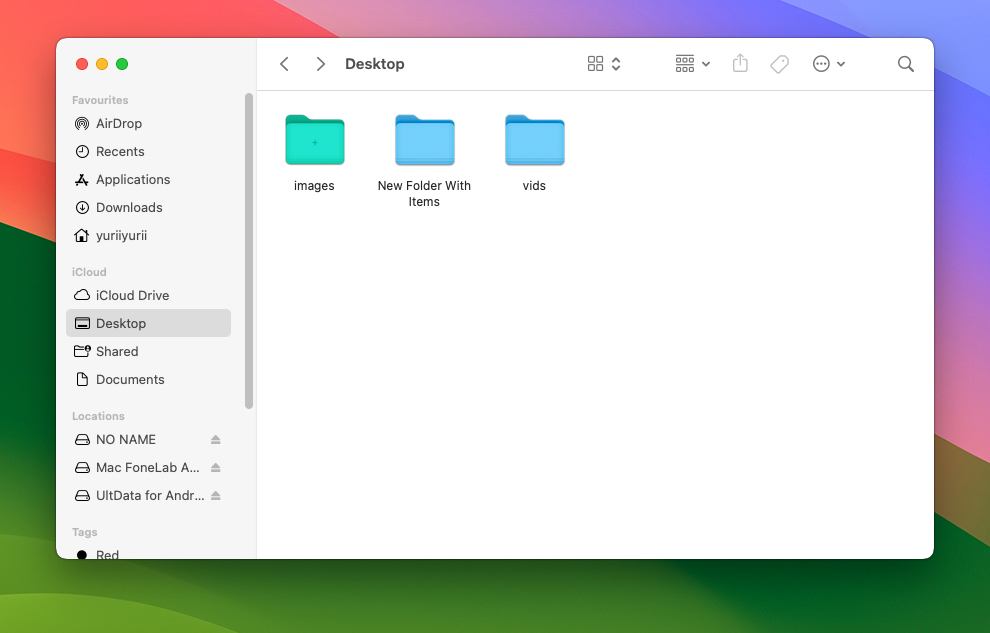
- Press Command + Shift + . This shortcut toggles the visibility of hidden files.
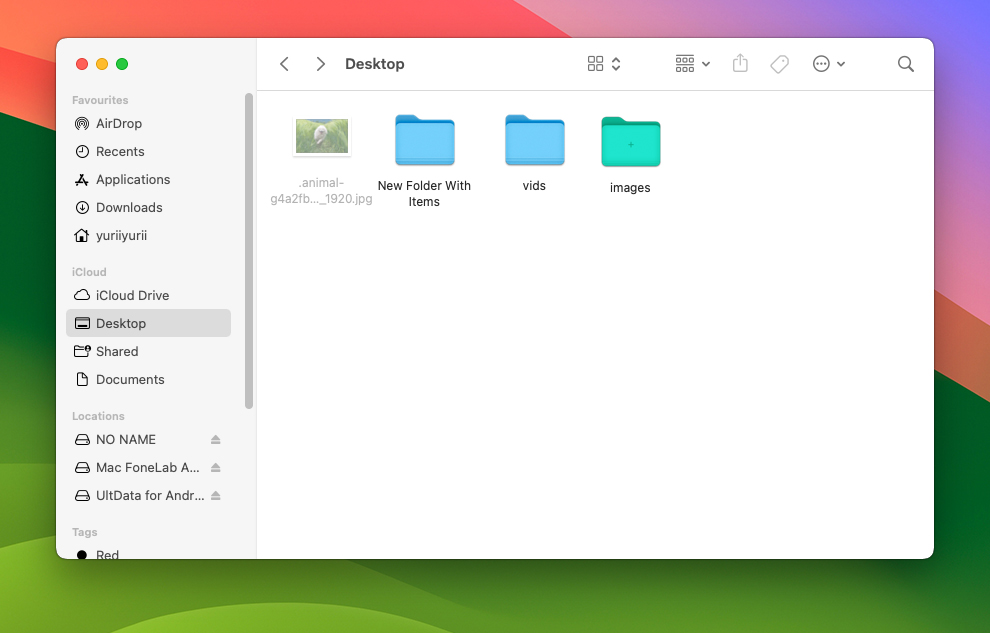
If your desktop files disappeared on Mac, this step can quickly uncover them if they’re merely hidden.
Step 2: Verify the iCloud Settings
Improper iCloud settings can cause files to appear missing:
- Go to System Settings > Apple ID.
- Check iCloud Drive settings to ensure Desktop & Documents Folders are turned on.
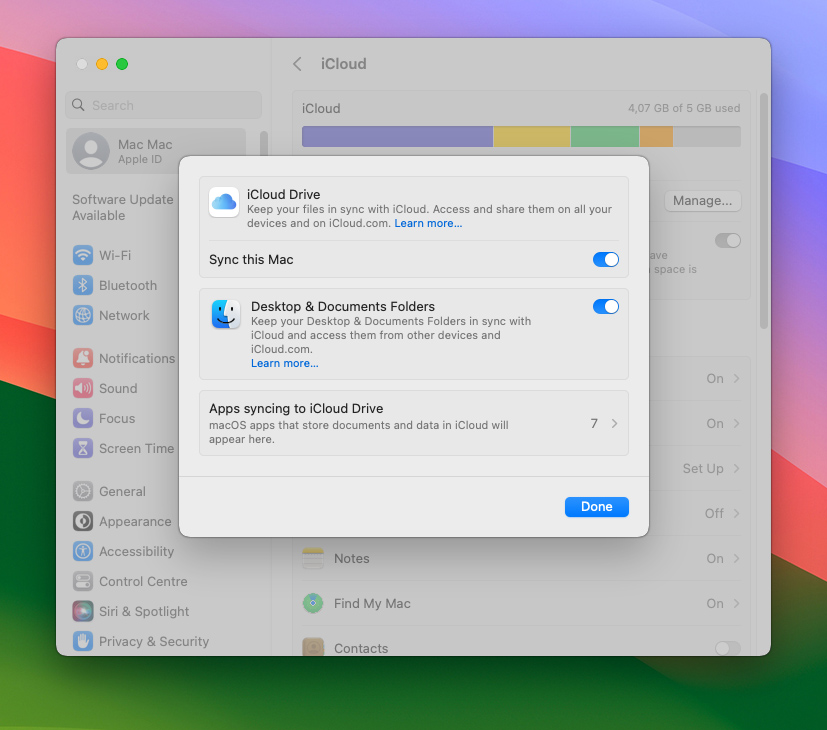
This step is worth trying in case if your folders disappeared from Mac desktop but are still available on other devices via iCloud.
Step 3: Use Spotlight to Search
Spotlight is a powerful tool for locating misplaced files:
- Press Command + Space to open Spotlight.
- Type the name of the missing file or folder.
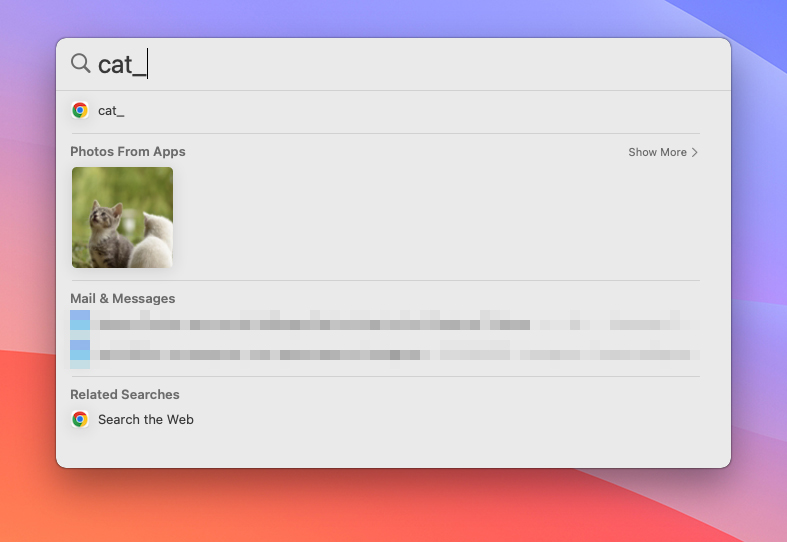
Spotlight can help in cases of mac desktop files disappearance by searching your entire Mac for them.
When Basic Troubleshooting Doesn’t Work
If the initial steps don’t bring back your desktop files or folders, it’s time to explore more in-depth methods. These approaches are a bit more technical, but they can be highly effective for complex issues.
Method 1: Use Data Recovery Software
In cases where basic troubleshooting doesn’t resolve issues like ‘files disappeared from desktop Mac’, turning to a data recovery application is a smart move. Disk Drill, specifically, comes highly recommended due to its comprehensive recovery capabilities, user-friendly interface, and versatility in handling various file systems. Its ability to recover files from both internal and external drives, coupled with the preview feature before actual recovery, makes it a reliable choice. Additionally, Disk Drill offers extra tools for ongoing data protection, further safeguarding your files against future loss. Here’s how to use it:
- Download and install Disk Drill from its official website.
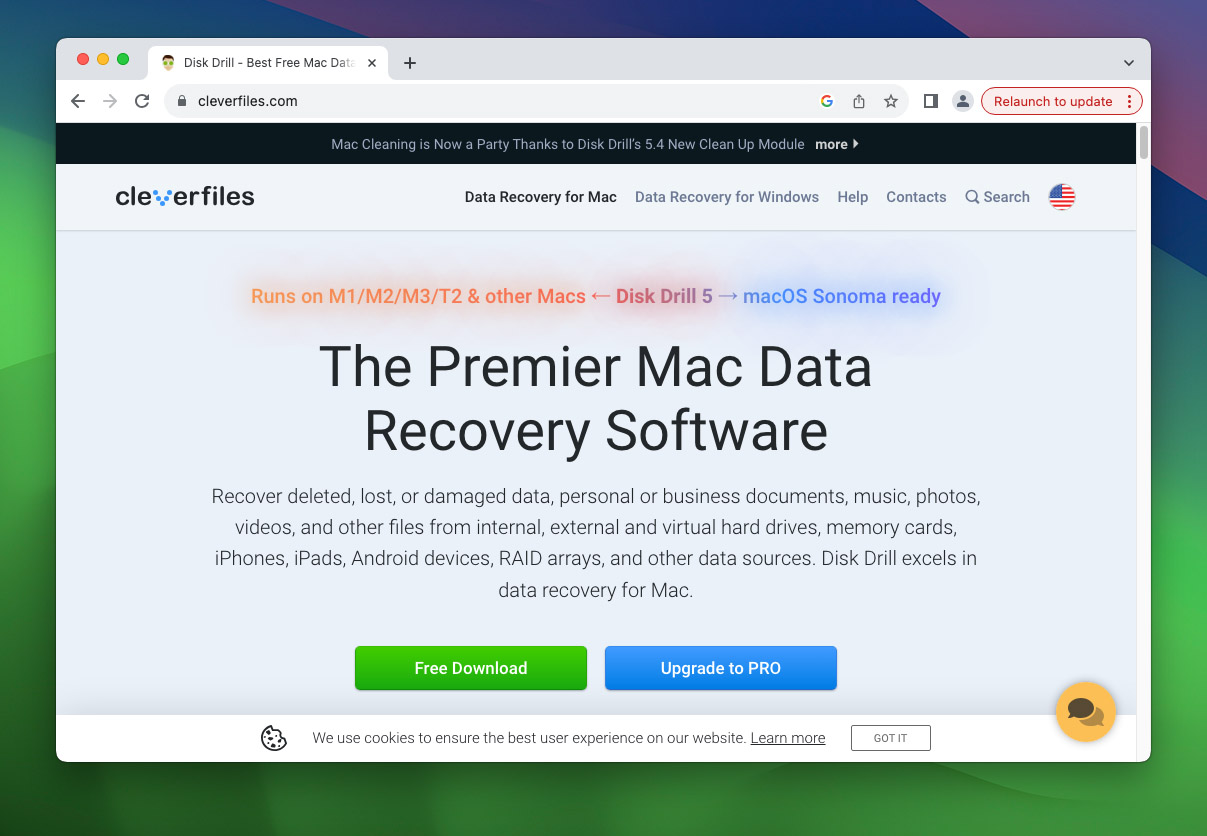
- Open the application and select your Mac’s hard drive.
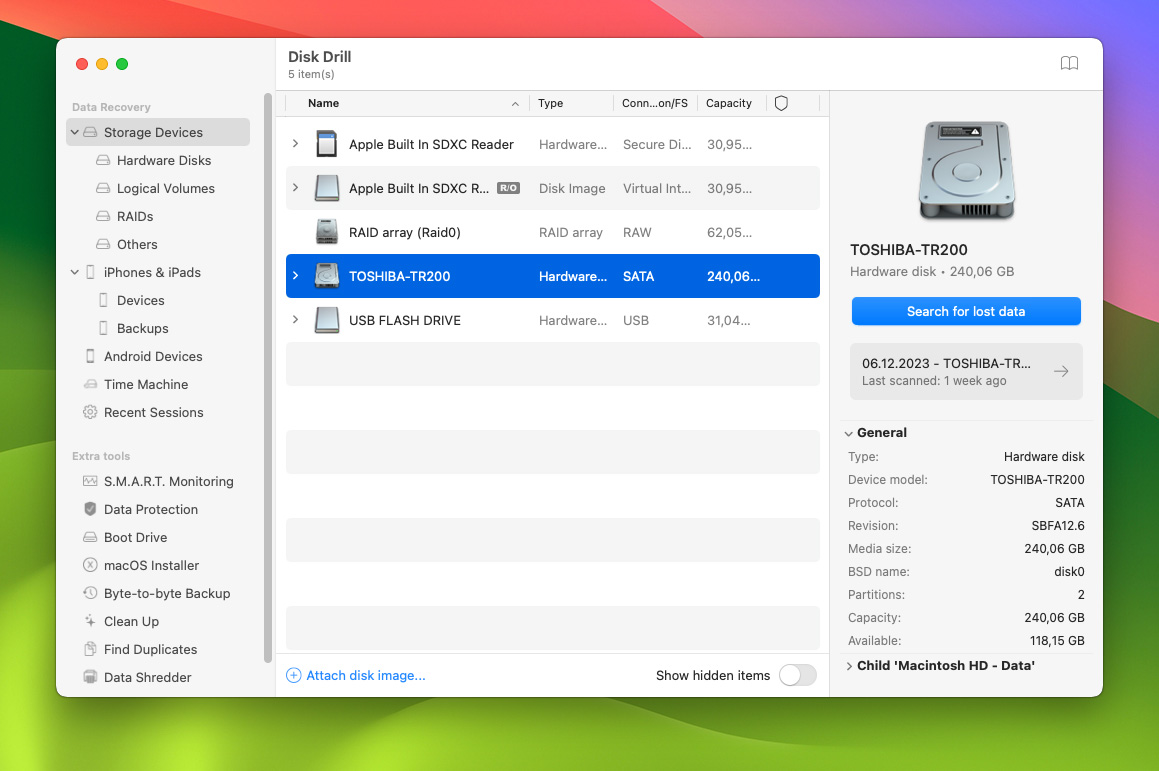
- Click on the ‘Search for the lost data’ button to start scanning for lost files.
- Once the scan completes, browse through the found files and select the ones you want to recover.
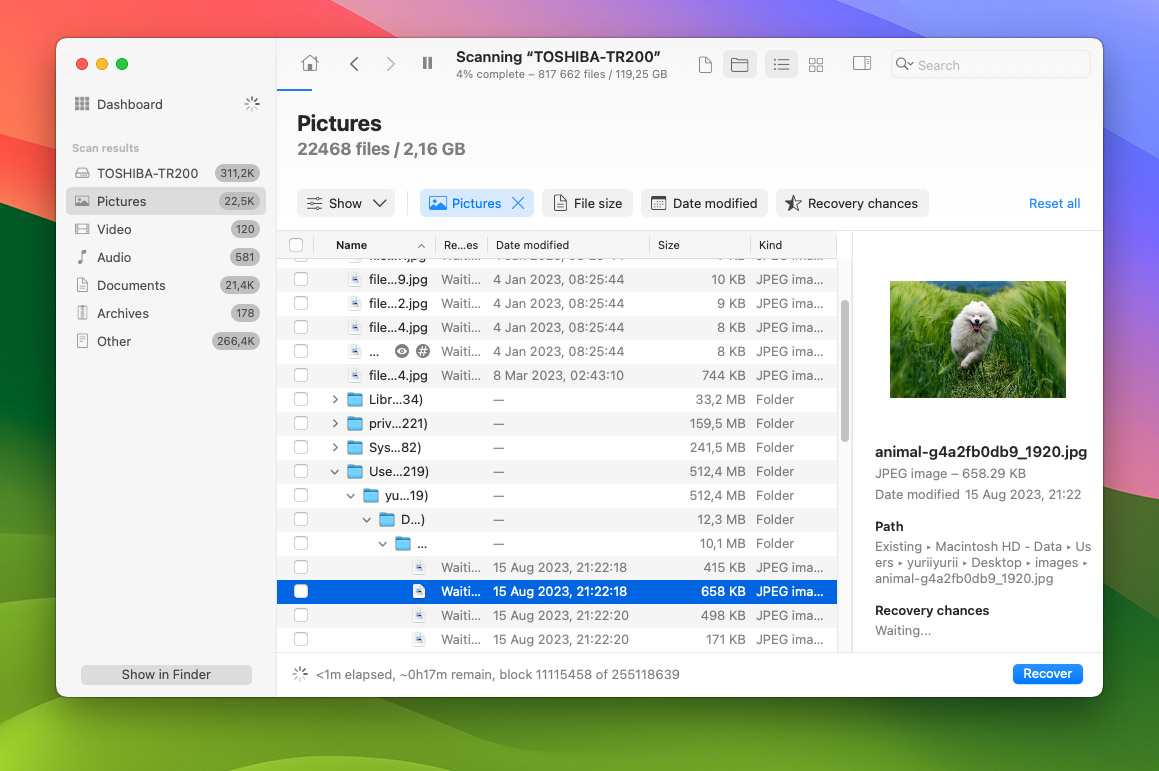
- Choose a safe location to save the recovered files.
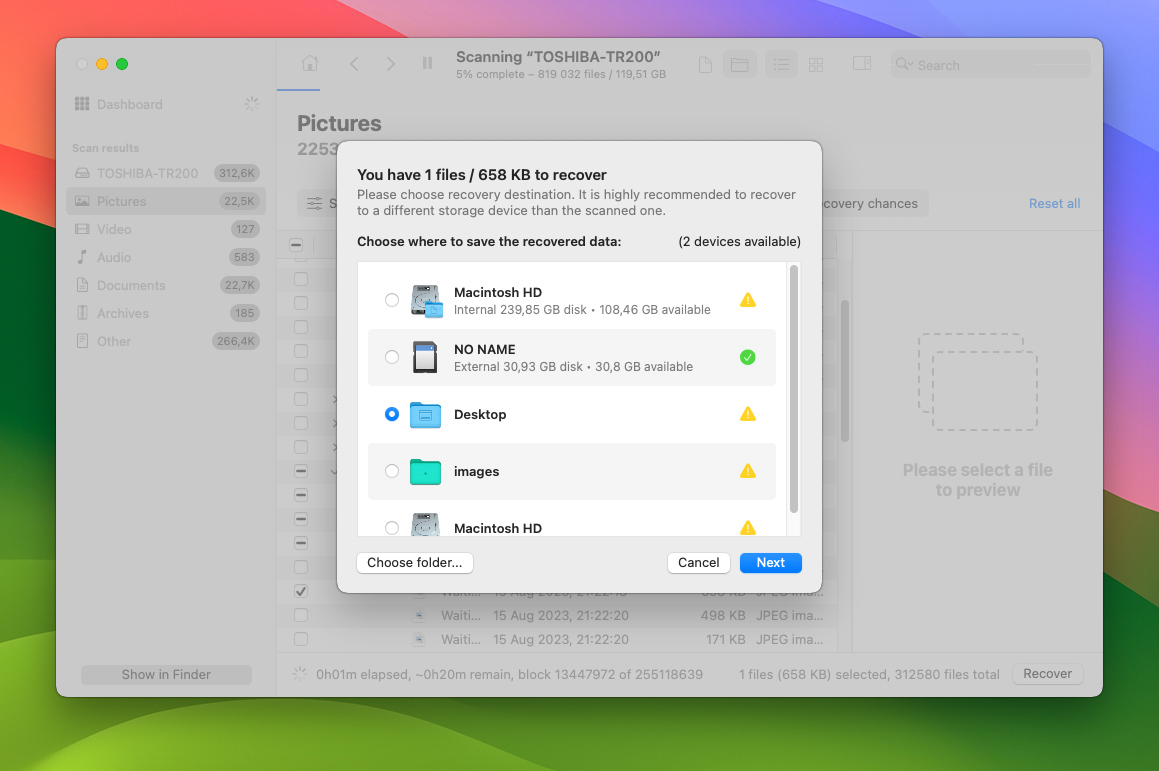
This method can help retrieve files disappeared from desktop that are not found by simpler methods.
Method 2: Use Time Machine for Recovery
Time Machine is an integrated backup feature in macOS that automatically saves copies of your files, making it invaluable for restoring lost data. It’s particularly user-friendly, allowing you to navigate through different backup dates and select specific files or entire folders to restore. This feature is essential for scenarios where ‘Mac desktop files disappeared’, as it can restore files to the state they were in before they went missing. The process is straightforward and safe, making Time Machine a go-to solution for recovering lost desktop files. Here’s how to restore files:
- Connect the external drive with your Time Machine backup.
- Open Time Machine from the System Preferences.
- Navigate to the dates before the files were lost.
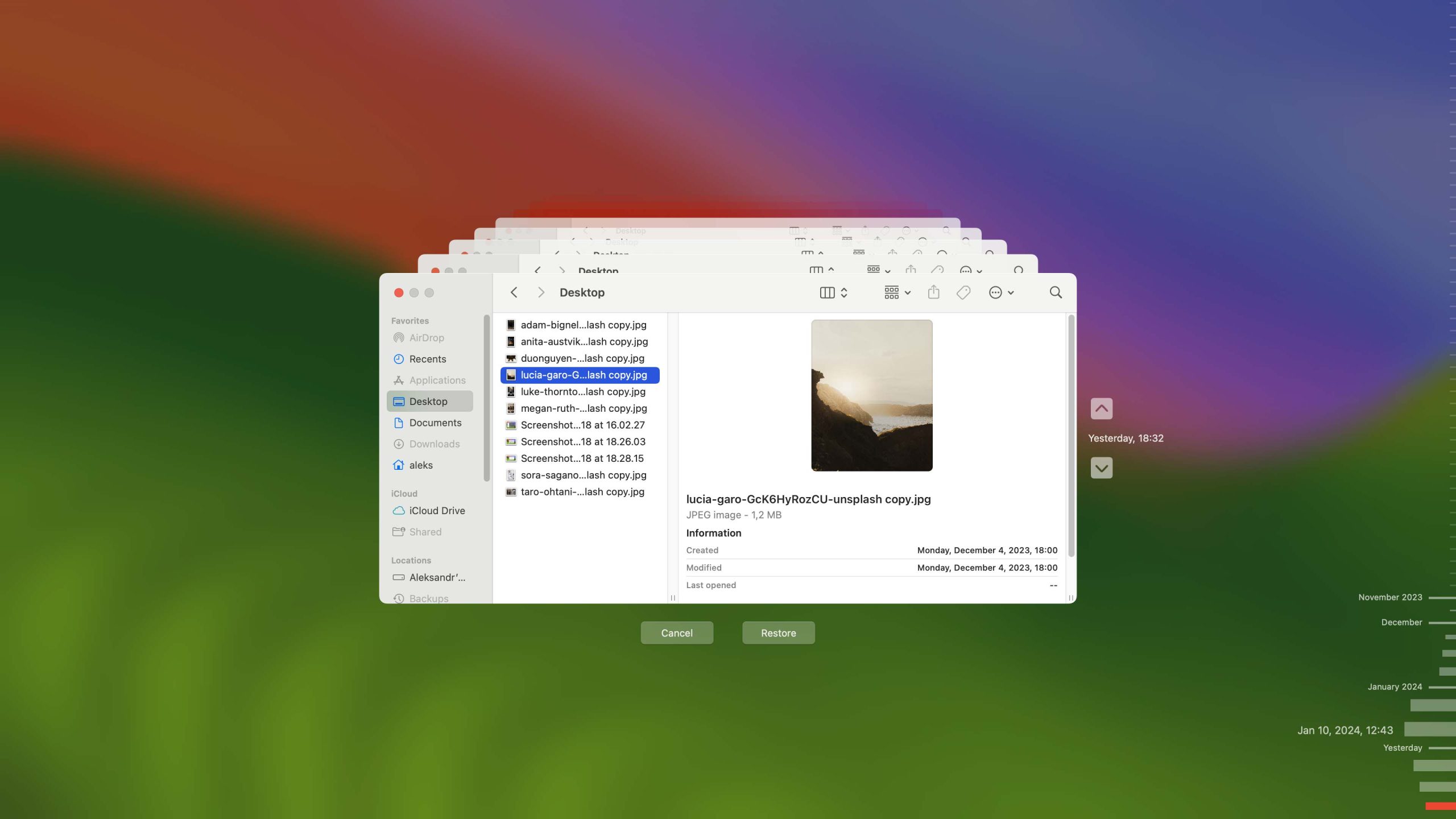
- Select the files or folders you want to restore and click ‘Restore’.
This method is particularly useful when ‘desktop files disappeared on Mac’ after an update or accidental deletion.
Method 3: Unhide Desktop Files with Terminal Commands
If you’ve found your hidden files on desktop you can unhide them permanently using Terminal, just type chflags nohidden then space and drag your hidden file into the terminal window.
Alternatively you can just premanently unhide hidden files if you’re still looking for them. The specific commands can vary slightly depending on the macOS version. Here’s a basic guide:
| macOS Version | Terminal Command |
|---|---|
| macOS Catalina and later | defaults write com.apple.finder AppleShowAllFiles YES; killall Finder |
| macOS Mojave and earlier | defaults write com.apple.Finder AppleShowAllFiles true; killall Finder |
After running the appropriate command for your macOS version, hidden files on your desktop should become visible permanently.
Be cautious when using Terminal, as incorrect usage can lead to other issues.
Prevent Future Disappearance of Desktop Files and Folders
After resolving the issue, it’s important to take steps to prevent future occurrences. Here are some effective strategies:
- Regularly back up your Mac, including desktop files, using Time Machine or cloud-based services.
- Keep desktop organized and avoid excessive file accumulation.
- Always double-check before deleting files or emptying the Trash.
- Maintain up-to-date macOS and applications to avoid software conflicts.
These steps can help safeguard against issues like macbook desktop files disappearance, and make sure your desktop files and folders remain secure and accessible.
Conclusion
Dealing with lost files on your Mac can be tricky, but it’s often manageable. We’ve looked at the common causes and offered solutions to fix the issue. From checking for hidden files to using Disk Drill and Time Machine, we’ve provided options for every situation. Keeping your files backed up and your desktop tidy is key to avoiding this problem in the future. With these tips, you can keep your files safe and sound.









